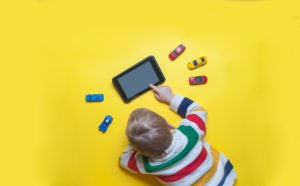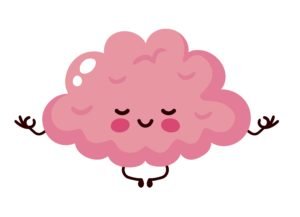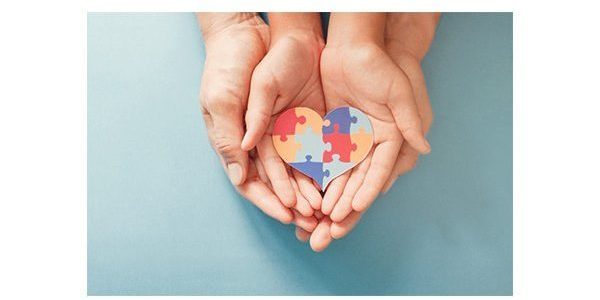Although there’s currently no cure for Autism Spectrum Disorder (ASD), there are different therapies that can help children with ASD reach their potential and function better in the world.
Get Wise About These Therapies Below:
1. Early Intervention
One of the Keys to Managing ASD is Early Intervention. Early intervention means getting a child with ASD early access to services and therapies that:
- Strengthen his/her social skills.
- Improve his/her ability to self-regulate.
- Help him/her perform the “activities of daily living” (e.g. getting dressed) as independently as possible.
Therapies That May Benefit a Child with ASD Include:
- Applied Behavior Analytics (Affectionately Known as “ABA” Therapy)-which reinforces desired behaviors (such as making good eye contact) and discourages unwanted behaviors (such as going into someone’s personal space without permission).
- Occupational Therapy-to promote emotional regulation and to help kids become more adept at their activities of daily living.
- Physical Therapy-if there are motor delays.
- Speech Therapy-if there’s an expressive or receptive language deficit.
- Feeding Therapy–because some kids with ASD are super picky eaters and are sensitive to different food textures.
It Often Helps to Get a Developmental Pediatrician, a Psychiatrist, and/or a Social Worker on Board, as Well, Depending on the Case.
Insider Info:
- There are publicly funded (read: free) Early Intervention Programs throughout the United States for children under 3 years of age. Providers will often come to the child’s home to do the therapies.
- Children over 3 years, can usually get services through their school if they have an “IEP” (an individualized educational plan) in place. An IEP spells out which accommodations a child is entitled to receive at school. Finding a school that’s the right fit for a child with ASD can be a game changer.
The Bottom Line: The early detection of ASD helps kids affected with this condition get the Early Intervention services they need from the get-go. This is why pediatricians screen for autism spectrum disorder (typically via the M-CHAT questionnaire) at 18-months and 24-months.
Insider Info: Even if the diagnosis of ASD isn’t clear early on, pediatricians will often recommend Early Intervention services if they notice a lag in development.
2. Assistive Technology

Devices such as iPads and electronic “communication boards” can help kids with ASD communicate better with others. These technologies often use pictures to help autistic children express themselves when words fail them.
3. Social Groups
Social groups teach kids with ASD how to make conversation, solve problems, read social cues, and manage conflict.
4. Medications
While there aren’t any medications that directly treat ASD, children with ASD often have other “comorbidities” (i.e. other problems).
For example, ASD tends to go hand-in-hand with ADHD (attention deficit hyperactivity disorder), sleep problems, and anxiety. Therefore, medications for these conditions can be helpful.
5. Mindfulness

Simple mindfulness techniques (including breathing techniques, yoga moves, and watching glitter settle to the bottom of a homemade glitter jar), can help children with ASD better regulate their emotions.
For inspiration, check out the kid’s sections of the Headspace and Insight Timer apps. I am also a big fan of the Moshi app.
A Word of Caution

If you Google, “treatments for autism,” you’ll find a slew of “alternative therapies” that some parents (and, occasionally, some physicians) swear by.
Examples Include: Dietary changes, natural supplements, hyperbaric oxygen treatments, and chelation therapy (to remove heavy metals from the body).
Many of these alternative therapies aren’t backed by science, however, and some are invasive, so be careful about what you pursue and remember to discuss ALL interventions with your child’s doctor before you try them.
The Bottom Line
Finding the right treatment plan for a child with ASD can take time. In the meantime, be kind to yourself, get a team in place that your trust, and try to figure out which activities and toys make your child light up inside.





